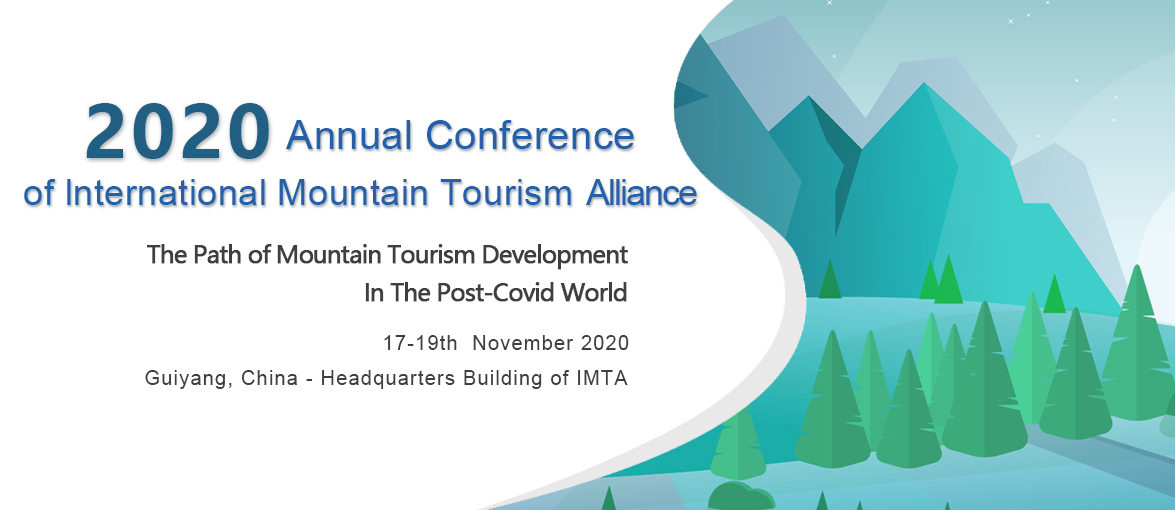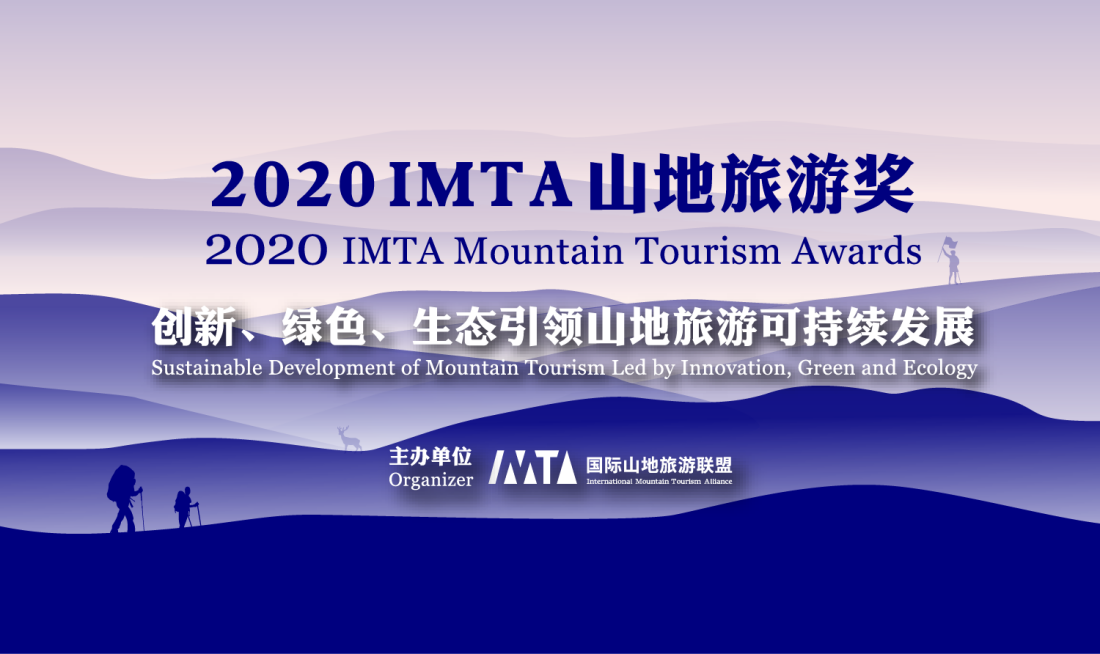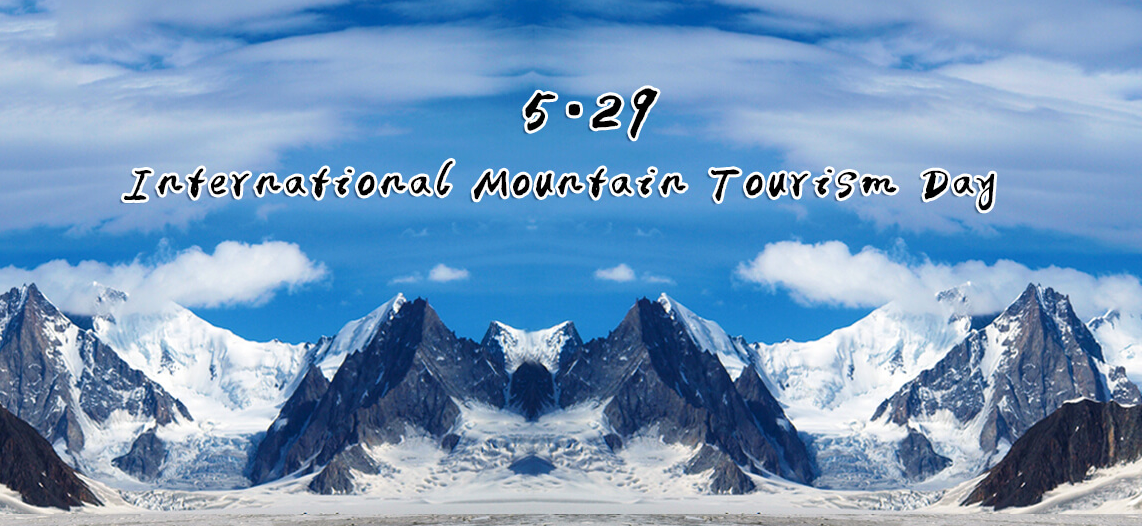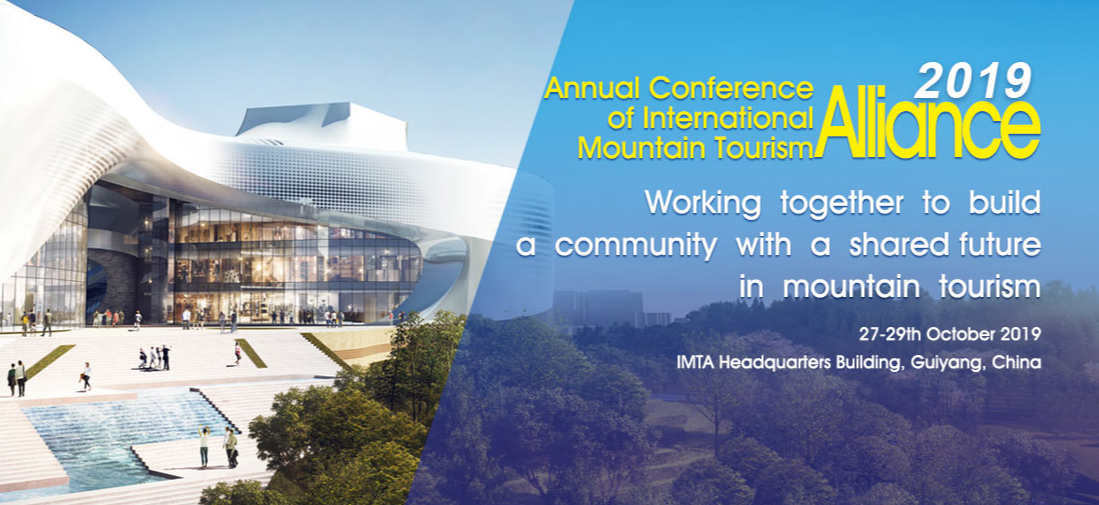ZhouLi -Enviromnmental Measures in Destination-Toward Sustainable Tourism
time:2019-11-14 08:34
author:International Union of mountain tourism
Thematic activities
more>>-
Against the backdrop of globalization, t ...

















